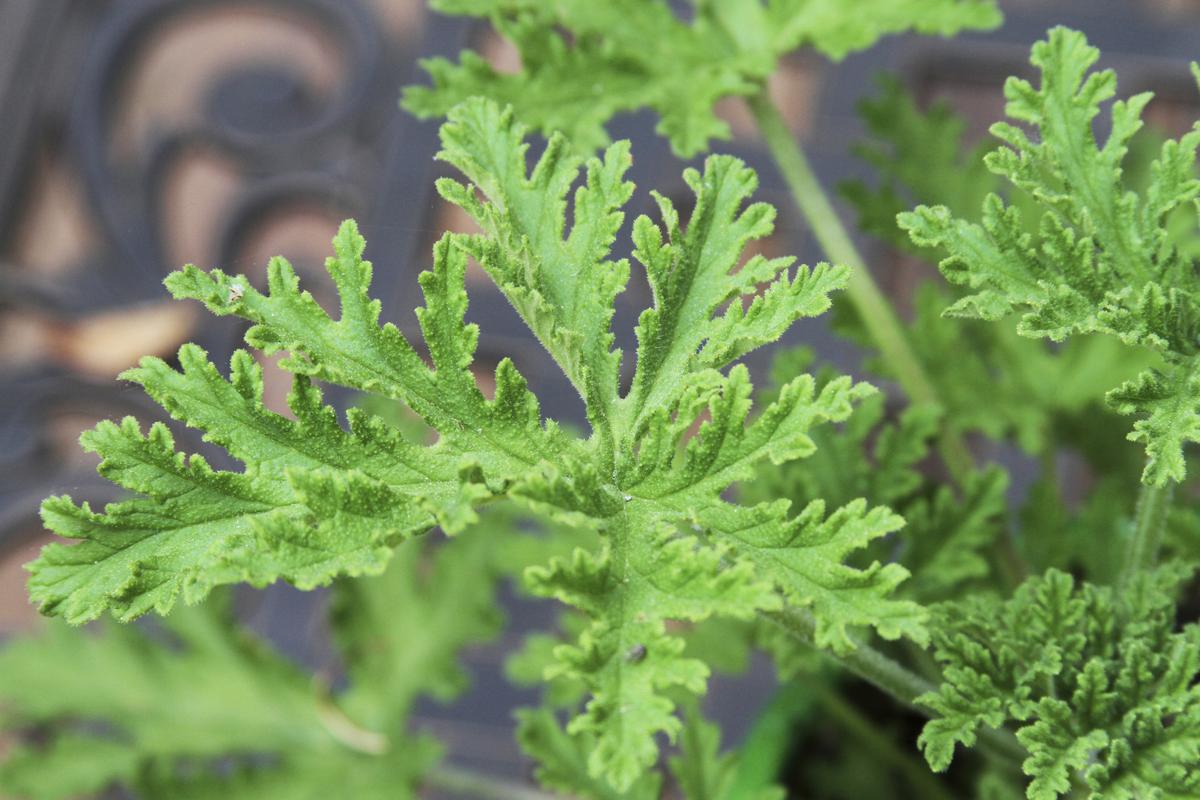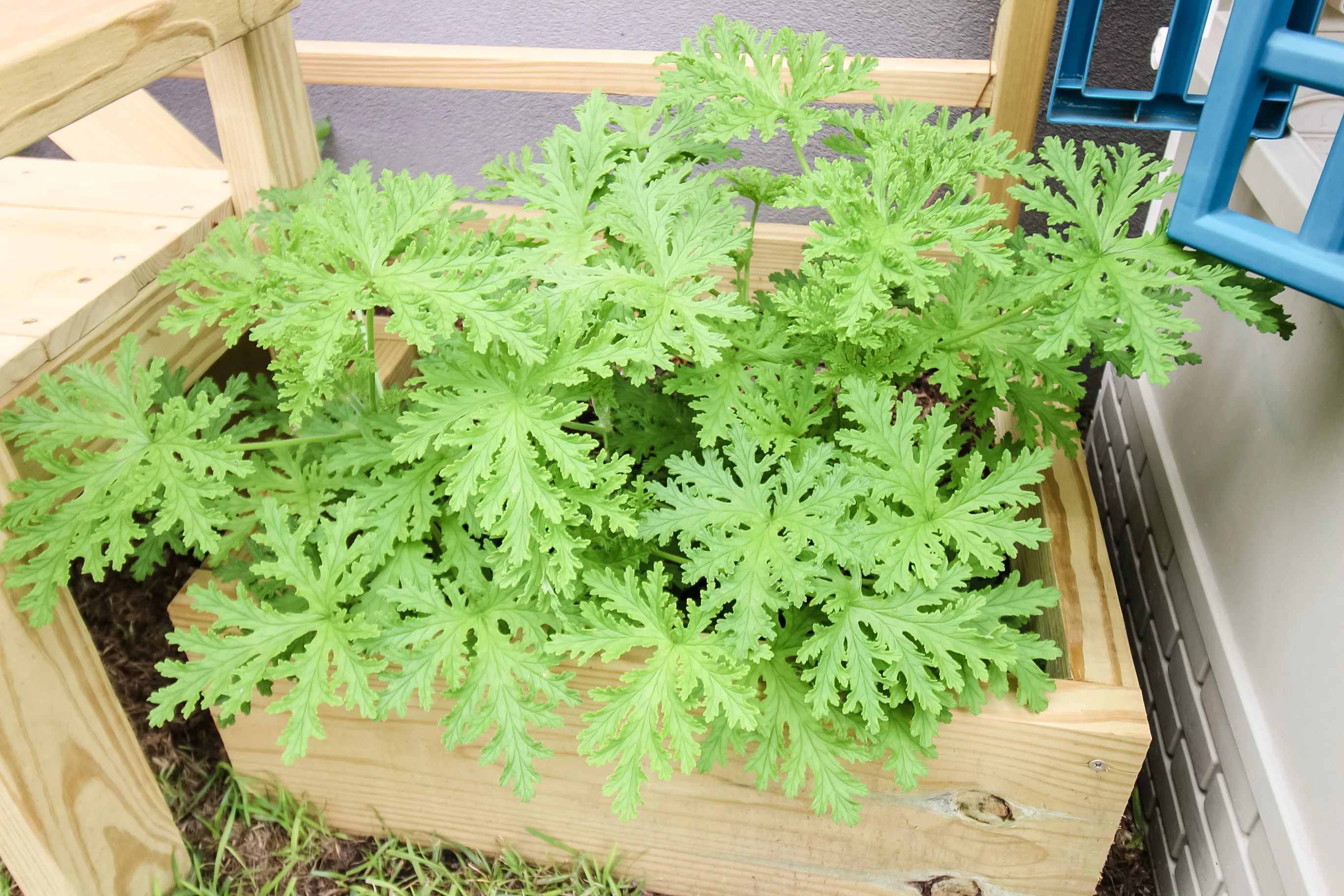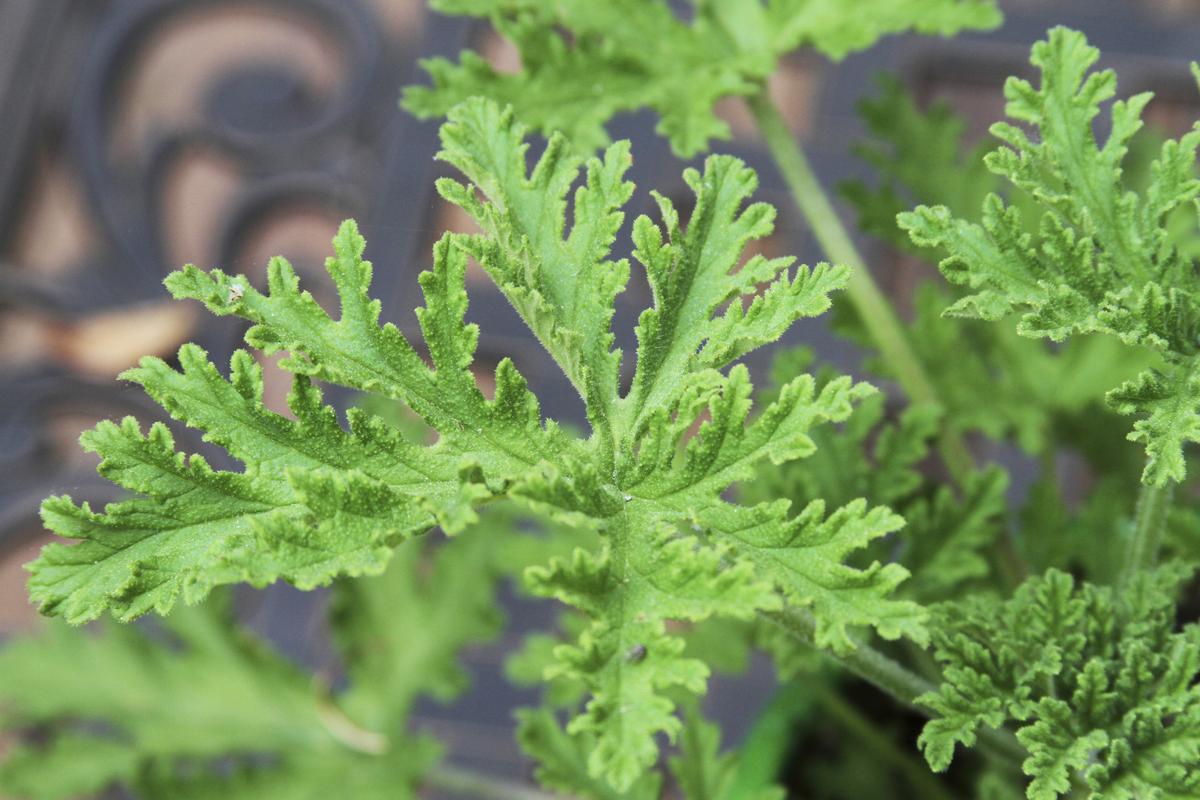Discover How to Achieve a Beautiful and Bug-Free Garden with Citronella Plant: Imagine a garden teeming with vibrant blooms, buzzing with beneficial pollinators, and free from pesky insects. This dream can become a reality with the help of citronella plants, a natural and effective insect repellent.
These aromatic beauties not only add visual appeal to your landscape but also provide a safe and eco-friendly way to deter unwanted pests, allowing you to enjoy your outdoor space without the annoyance of bites and stings.
Citronella plants, scientifically known as Cymbopogon nardus, are tropical grasses that are renowned for their distinctive lemony scent. This aroma is a natural deterrent to a wide range of insects, including mosquitoes, flies, and ants. By strategically placing citronella plants throughout your garden, you can create a natural barrier against these pesky creatures, allowing you to enjoy a peaceful and bug-free environment.
Introduction to Citronella Plants

Citronella plants, scientifically known asCymbopogon* species, are a group of perennial grasses renowned for their distinctive aroma and insect-repelling properties. Native to Southeast Asia, these plants have been cultivated for centuries, not only for their aesthetic appeal but also for their practical applications in various industries, including perfumery, aromatherapy, and pest control.
Citronella plants are characterized by their tall, slender stems that can grow up to 6 feet in height. Their leaves are long, narrow, and typically have a bluish-green color. The most notable feature of these plants is their strong, citrusy scent, which is attributed to the presence of essential oils rich in citronellal and geraniol.
This distinctive aroma has a natural ability to repel mosquitoes and other insects, making citronella plants a popular choice for gardeners seeking to create a bug-free outdoor space.
The Role of Citronella in Insect Repellency
Citronella’s insect-repelling properties have been recognized and utilized for centuries. The plant’s essential oils, particularly citronellal and geraniol, have been shown to disrupt the olfactory senses of insects, making it difficult for them to locate their hosts. This mechanism of action makes citronella an effective natural repellent against a wide range of insects, including mosquitoes, flies, and moths.
The effectiveness of citronella as an insect repellent has been supported by scientific studies. Research conducted by the University of Florida has demonstrated that citronella oil can significantly reduce mosquito biting rates. In a study published in the Journal of the American Mosquito Control Association, citronella candles were found to be effective in repelling mosquitoes for up to two hours.
Planting Citronella Plants

Planting citronella plants is a straightforward process that can be accomplished with a few simple steps. Choosing the right location, preparing the soil, and planting at the appropriate depth are crucial factors for successful growth. Understanding the optimal time for planting based on your climate and region will also contribute to the health and vitality of your citronella plants.
Choosing the Right Location, Discover How to Achieve a Beautiful and Bug-Free Garden with Citronella Plant
Citronella plants thrive in sunny locations with at least six hours of direct sunlight daily. They prefer well-drained soil and can tolerate a range of soil types, including sandy, loamy, and clay soils. Avoid planting in areas prone to waterlogging, as this can lead to root rot.
When selecting a location, consider the mature size of the citronella plant, as it can grow up to 4 feet tall and wide.
Creating a beautiful and bug-free garden is a rewarding endeavor, and citronella plants can play a key role in achieving that goal. Their natural insect-repelling properties make them a valuable addition to any outdoor space. For those seeking to further enhance their garden’s beauty, consider the art of propagation.
Learning how to propagate roses from cuttings can transform simple cuttings into stunning blooms, adding a touch of elegance and fragrance to your citronella-infused oasis.
Preparing the Soil
Before planting, prepare the soil by loosening it with a garden fork or tiller. This will improve drainage and allow the roots to grow freely. Incorporate a layer of compost or well-rotted manure to enhance soil fertility and provide essential nutrients.
The ideal soil pH for citronella plants is between 6.0 and 7.0.
While citronella plants are known for their bug-repelling qualities, creating a beautiful garden also involves a well-maintained lawn. To achieve that lush, green carpet, consider the timing of your grass seed planting. When Is the Best Time to Plant Grass Seed?
Tips for a Gorgeous Lawn provides valuable insights into the ideal planting season for your region. Once your lawn is thriving, citronella plants can be strategically placed to enhance the ambiance and keep those pesky insects at bay.
Planting Depth
Citronella plants should be planted at a depth of 1-2 inches, with the root ball slightly below the soil surface. Space the plants 1-2 feet apart to allow for adequate growth. After planting, water the plants thoroughly to help them establish.
Optimal Time for Planting
The optimal time for planting citronella plants varies depending on the climate and region. In warmer climates, planting can be done throughout the year. In cooler climates, it is best to plant in the spring or summer after the last frost.
Methods of Planting
There are three common methods for planting citronella plants:
Method |
Description |
Advantages |
Disadvantages |
|---|---|---|---|
Seeds |
Sow citronella seeds directly into the soil or start them indoors in seed trays. Seeds should be planted about 1/4 inch deep. |
Economical and can produce a large number of plants. |
Seeds may take longer to germinate and can be slow to grow. |
Seedlings |
Purchase citronella seedlings from a local nursery or garden center. Plant seedlings in the prepared soil, making sure the root ball is covered. |
Faster growth than seeds and a higher success rate. |
More expensive than starting from seeds. |
Cuttings |
Propagate citronella plants from cuttings taken from mature plants. Cuttings should be 6-8 inches long and have at least two nodes. Plant cuttings in a rooting medium and keep them moist. |
Simple and easy to do. |
May not be successful if the cuttings are not taken from healthy plants. |
Caring for Citronella Plants
Citronella plants, known for their fragrant leaves and pest-repelling properties, require consistent care to thrive. Understanding their needs for watering, fertilization, and pest control is crucial for maintaining a healthy and vibrant citronella garden.
Watering Requirements
Citronella plants prefer moist soil, but they are susceptible to root rot if overwatered. The ideal watering schedule involves keeping the soil consistently moist, but not soggy.
- During the growing season (spring and summer), water deeply once or twice a week, allowing the top inch of soil to dry out between waterings.
- In cooler months (fall and winter), reduce watering frequency to once every two weeks or as needed.
- Avoid watering during the hottest part of the day, as this can lead to evaporation and stress on the plants.
It is important to ensure that the soil has proper drainage to prevent waterlogging.
Fertilization Techniques
Citronella plants benefit from regular fertilization to support their growth and fragrance production.
- Use a balanced liquid fertilizer, diluted to half strength, every two weeks during the growing season.
- Alternatively, you can apply a slow-release granular fertilizer at the beginning of the growing season.
- Avoid over-fertilizing, as this can lead to leaf burn and other problems.
Observing the plant’s growth and foliage can indicate whether fertilization is needed.
Pests and Diseases
While citronella plants are generally pest-resistant, they can be susceptible to certain insects and diseases.
- Common Pests:Aphids, whiteflies, and spider mites can infest citronella plants, causing damage to leaves and stems. Regularly inspecting the plants for signs of infestation is crucial.
- Common Diseases:Root rot, caused by overwatering, can be a problem for citronella plants. Ensuring proper drainage and avoiding overwatering can prevent this issue.
- Preventive Measures:
- Regularly inspect the plants for any signs of pests or diseases.
- Use insecticidal soap or neem oil to control pests.
- Maintain good air circulation around the plants to prevent fungal diseases.
Early detection and treatment are key to preventing significant damage to the plants.
Using Citronella Plants for Insect Repellency
Citronella plants are renowned for their ability to repel insects, particularly mosquitoes, making them a valuable addition to any garden seeking to deter these pesky creatures. The effectiveness of citronella plants stems from the presence of citronella oil, a natural insect repellent extracted from the plant’s leaves.
The Mechanism of Insect Repellency
Citronella oil works by disrupting the olfactory receptors of insects, particularly mosquitoes. These receptors are responsible for detecting and responding to various scents, including those associated with potential food sources or mating partners. When insects come into contact with citronella oil, the oil molecules bind to their olfactory receptors, interfering with their ability to sense these important cues.
This disruption leads to confusion and disorientation, effectively repelling the insects from the area.
Effectiveness Against Different Insect Types
While citronella plants are particularly effective against mosquitoes, their effectiveness against other insect types varies.
Effectiveness Against Different Insect Types
- Mosquitoes:Citronella oil is highly effective in repelling mosquitoes, both adults and larvae. Studies have shown that citronella oil can reduce mosquito bites by up to 80%.
- Flies:Citronella plants can also deter flies, although their effectiveness may be less pronounced compared to mosquitoes. The strong scent of citronella oil can discourage flies from landing on surfaces and feeding.
- Ants:Citronella oil is generally less effective against ants. While the scent may deter some ants, it is not a primary method for controlling ant infestations.
Optimal Placement for Insect Repellency
To maximize the insect-repelling effect of citronella plants, strategic placement is crucial.
Optimal Placement for Insect Repellency
- Near Entry Points:Planting citronella plants near entry points to your home, such as doorways and windows, can help create a barrier against insects entering your living space.
- Around Outdoor Living Areas:Placing citronella plants around patios, decks, and other outdoor areas where you spend time can deter insects from bothering you while you relax or entertain guests.
- Near Water Sources:Mosquitoes are attracted to water sources, so planting citronella plants near ponds, birdbaths, or other water features can help deter them from breeding and biting.
Additional Benefits of Citronella Plants: Discover How To Achieve A Beautiful And Bug-Free Garden With Citronella Plant
Beyond their insect-repelling properties, citronella plants offer a range of additional benefits, making them a valuable addition to any garden. From potential medicinal applications to their role in enhancing soil health and attracting beneficial insects, these plants contribute to a thriving and balanced ecosystem.
Medicinal Properties of Citronella Oil
Citronella oil, extracted from the leaves and stems of citronella plants, has been traditionally used for its therapeutic properties. Its distinct aroma and active compounds, primarily citronellal and geraniol, have been explored for their potential medicinal benefits.
“Citronella oil has been used in traditional medicine for centuries, particularly in Southeast Asia, for its purported anti-inflammatory, analgesic, and antimicrobial properties.”
Aromatherapy practitioners often utilize citronella oil for its calming and refreshing effects. Its invigorating scent is believed to reduce stress and anxiety, promoting a sense of well-being. Some studies suggest that citronella oil may also possess antifungal and antibacterial properties, potentially contributing to skin health.
Soil Health Enhancement
Citronella plants contribute to soil health through their deep root system and natural pest-repelling properties.
- Their extensive root network helps to improve soil aeration and drainage, promoting healthy root growth for other plants.
- By repelling harmful insects, citronella plants reduce the need for chemical pesticides, contributing to a healthier and more balanced soil ecosystem.
- Their decaying leaves and stems enrich the soil with organic matter, improving soil fertility and nutrient retention.
Attracting Beneficial Insects
While citronella plants are known for repelling pests, they also attract beneficial insects, such as ladybugs and lacewings. These insects play a crucial role in controlling pest populations naturally, further contributing to a healthy and thriving garden ecosystem.
“Ladybugs and lacewings are known predators of aphids, mites, and other common garden pests, making them valuable allies in maintaining a balanced ecosystem.”
Aesthetic Value
Citronella plants possess a graceful and elegant appearance, making them a desirable addition to any landscape. Their tall, slender stems adorned with feathery leaves create a visually appealing contrast against other plants and flowers.
- Citronella plants can be used as a natural barrier or hedge, adding structure and privacy to a garden.
- Their vibrant green foliage provides a refreshing backdrop for colorful flowers, enhancing the overall aesthetic appeal of the garden.
- Their fragrant leaves can be used in decorative arrangements, adding a touch of natural beauty and a pleasant aroma to indoor spaces.
Wrap-Up
With their versatility, beauty, and insect-repelling properties, citronella plants offer a winning combination for any gardener. From creating a peaceful haven to enhancing the overall health of your garden, these plants are a valuable addition to any outdoor space.
So, embrace the power of nature and let citronella plants transform your garden into a beautiful and bug-free oasis.
Query Resolution
What is the best time to plant citronella plants?
The optimal time to plant citronella plants varies depending on your climate. In warm climates, they can be planted year-round. However, in cooler regions, it’s best to plant them in the spring after the last frost.
How often should I water my citronella plants?
Citronella plants prefer moist soil, so it’s important to water them regularly, especially during hot and dry periods. Aim to water them deeply once or twice a week, ensuring the soil is evenly moist.
Can I use citronella plants indoors?
Yes, you can grow citronella plants indoors, but they may require a bit more care to thrive. Choose a sunny location and ensure the soil is well-draining. You can also use citronella candles or essential oil diffusers to enjoy the insect-repelling benefits indoors.
